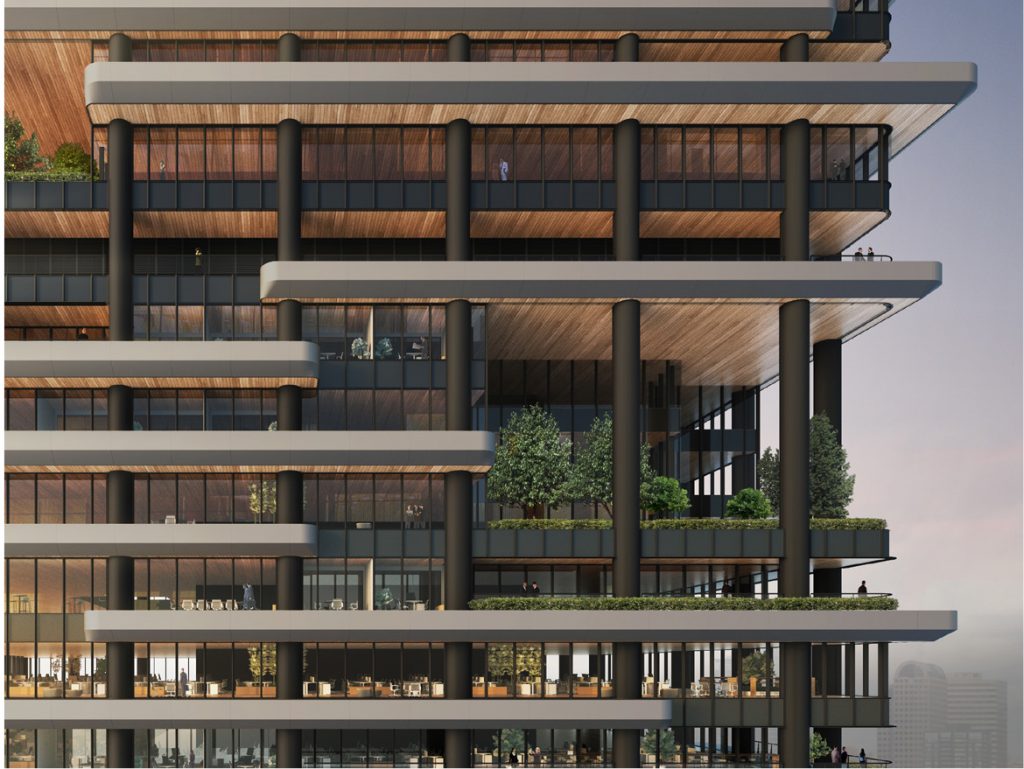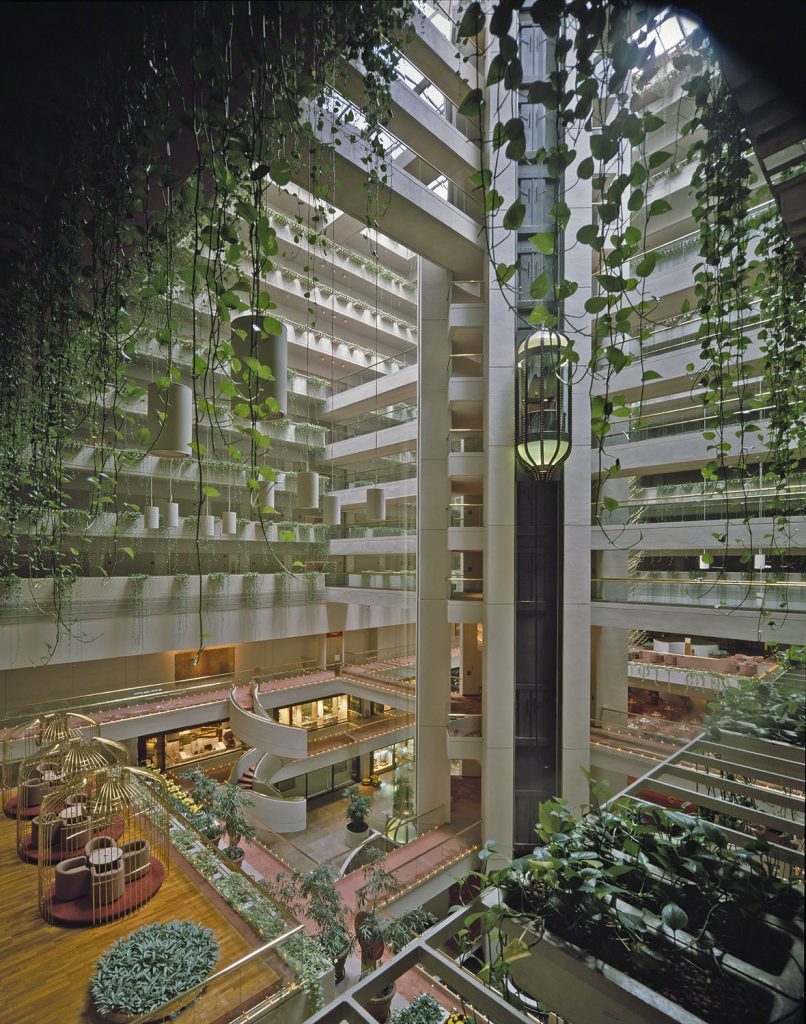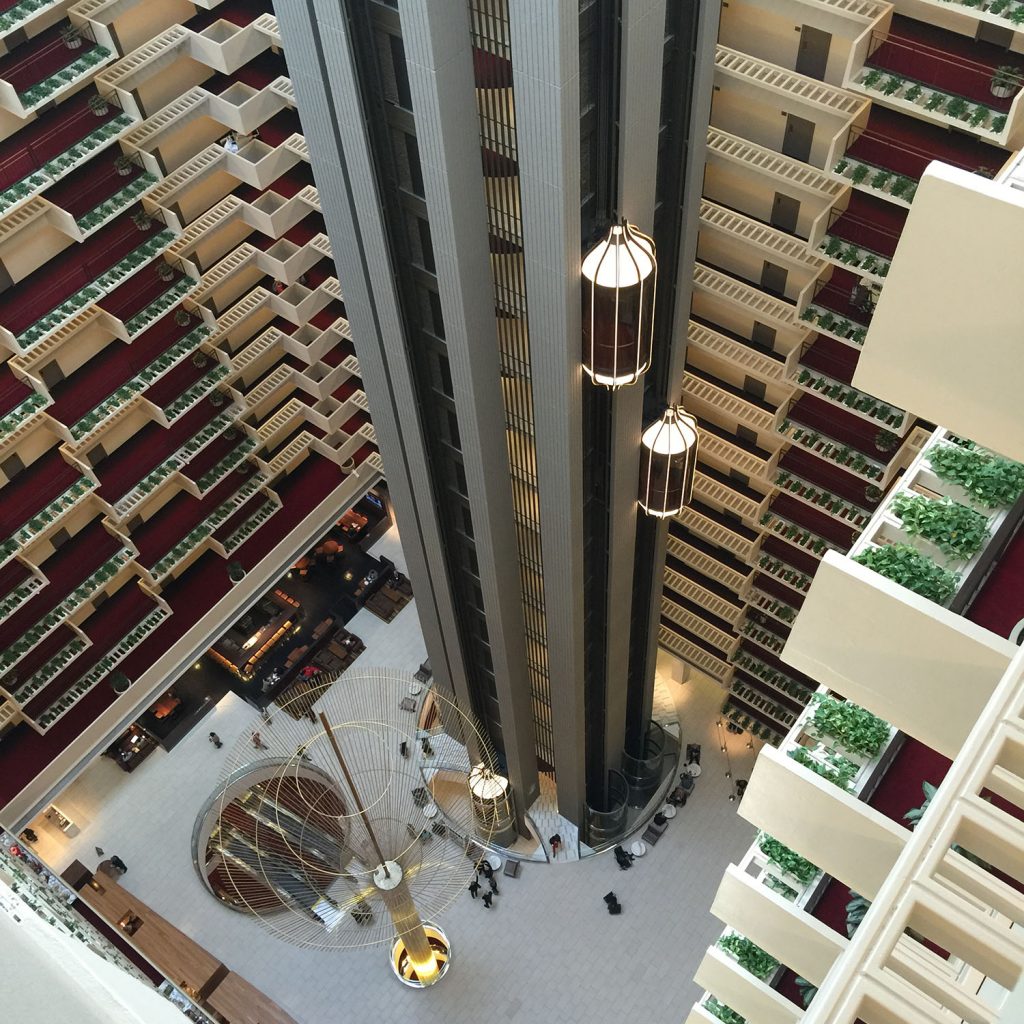Hospitality Design in the New World
After a year of social distancing, there is much discussion on the do’s and don’ts for design in development and as authorities are lifting restrictions and hospitality businesses are reopening they open to a different world with different demands and desired experiences, focusing largely on a holistic approach to integrating the hospitality experience back into our lives.

Unique Experience
Hotel brands are shifting away from uniformity and making properties more localized and personalized. The future calls for non-prescriptive connections and Covid-19 have created an acknowledgment of a basic human need – connection. And at its core, hospitality requires the blending of live, work, and play experiences to create an opportunity for a variety of unique experiences that focus on a human touch. As the hospitality industry seeks to adapt and reinvent itself, Hotel owners and operators can implement strategies to engage guests and encourage them to create an opportunity to provide custom and unique experiences that go beyond traditional hotel experiences.
As design architects, we anticipate the needs of our clients and meeting this new market demand by integrating multimodal spaces where people can do multiple activities and have multiple experiences. Research suggests that single-use spaces are giving way to multimodal spaces where people can do multiple activities and have multiple experiences. We’ve found ways to blur the distinction between uses for hotel public spaces. The future design gracefully embraces social distancing, enables contactless guest journeys, and delivers innovative new ways of blurring the lines between indoors and out, leveraging the outdoor environment to create “breathing buildings.” Now, more than ever, our design process allows people the choice to curate the landscape of their own experiences to socialize and connect or not and to feel safe as they venture back outside of their isolated homes.
Resilient Design
Hotel brands are changing their tactics by creating new types of multi-use spaces and next-gen, amenity-rich environments that accommodate our multifaceted lives, meeting us where we are — they’re offering coworking and meeting spaces inside hotels, or extending out with community rich programs accessible to the neighborhood. The key element is flexibility. Designing for flexibility offers an exciting opportunity to transcend conventional design into something more resilient. Creating pockets for smaller groups and individuals allows more people to use the space. For example, consider multiple small fire pits instead of one large one. Emphasize greater attention to air quality and cleanliness, including incorporating more plants in public spaces. Programming opportunities can also encourage the use of outdoor spaces, like outdoor fitness classes, socially distanced yoga, running guides, and bicycles on demand.
Scalable design solutions consider fluid and flexible modifications of a neighborhood to reinvigorate the streetscape to allow its businesses to stay open and offer safe and stimulating atmospheres for patrons. To achieve a successful streetscape hub, vehicle roundabouts are placed at the ends of the boulevard to eliminate traffic, making streets accessible for pedestrians and cyclists only. These roundabouts are used for vehicle drive-thru pickup for both restaurant and retail goods coming from the street. Storefronts are modified into innovative operable designs which incorporate order and pickup windows, including street markers for socially distant queuing.


Unique Destinations
The sense of place has become more urgent—we have become more conscious and selective of our surroundings and hotels are becoming an extension of our work from home experience as travel resumes. Travel will continue to become more and more about immersion in the destination and things unique to that destination, including food and design. We’re designing bespoke moments and spaces around the hotel that aren’t necessarily in the restaurant but become pop-up areas for eating. Hospitality firms are looking to serve as destinations for people to work, play, stay over an extended period, and even live permanently. This gives rise to new design concepts in which work, and wellness is thoughtfully blended throughout the day. These stays could take place at destinations that actively and creatively offer a wellness-driven experience — think resorts that offer immersion in nature in low-sprawling spaces that are connected to the outdoors but also provide quiet environments with private office space for focused work.
As designers, we partner with our hospitality clients to deconstruct environments that are ideal for relaxing, adventuring, or working away from home. The healthy hotel of the future will focus on its staff’s well-being, actively involve guests and respond to their evolving habits and needs, and personalize the overall guest experience with a renewed commitment to wellness, and the local community to create a rewarding and reimagined hotel stay.
While pandemics have brought hardship to our daily lives, they’ve also compelled us to consider our priorities, to rediscover what matters, to embrace a health-first mindset, and to reassess what is essential for happiness by forcing architecture and urban planning to evolve and innovate. The recent pandemic is a stark reminder of the need for resilient design that can adapt and weather unforeseen crises. Hotel design should mediate between the perceived needs of current situations and the uncertain needs of the future.
